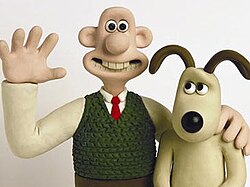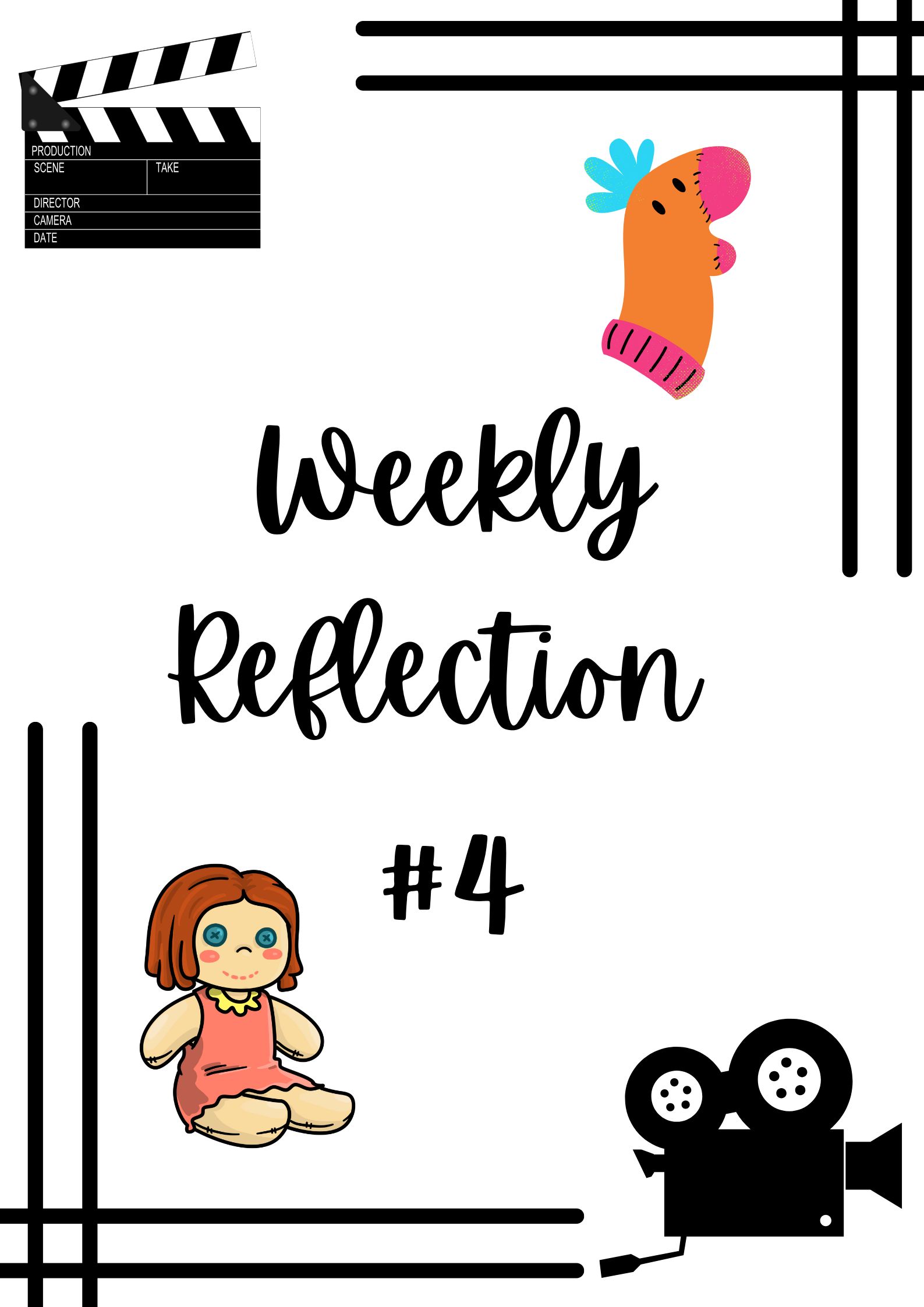Introduction on Stop Motion:
Today I will be reflecting on and explaining the world of stop motion video!

photo source: creativebug.com
What is Stop Motion Video?
Stop motion is a style of video where objects are slowly moved between many photographed frames. These frames are then combined to create the illusion that the object is moving.
Jenna, ryan, josie & kenna’s stop motion video
Main Genre’s of Stop Motion
Claymation:
Since clay is malleable, videographers can easily change clay figurines in between frames.

An example of claymation is the Wallace & Gromit films
photo source: nick park
Pixilation:
Uses real people who move slightly between frames
Lego Animation:
By using small lego figurines and moving them slightly in between frame’s, videographers can create the illusion that the figurines are alive.
Puppet and Model Animation:
Puppets, dolls, and model’s are moved around to create a story. The popular movie Coraline is an example of using puppets to create stop motion.

photo source: museum of pop culture
Cutout Animation:
Cutout stop motion uses flat characters, props and backgrounds made out of paper, cardboard, and stiff fabric.
Which of these popular Movies/films have you seen?
There are many popular movies that were composed by stop motion techniques, such as:
- The Nightmare Before Christmas (1993)
- Coraline (2009)
- Wallace & Gromit (2005)
- Fantastic Mr. Fox (2009)
- Corpse Bride (2005)
Stop motion was a very popular film technique in the late 90’s and early 2000’s, and many of those films are still widely known today!
How would I Implement Stop Motion in a Classroom?
While teaching a class how to create stop motion, I would recommend this equipment:
-A smartphone or tablet
-Stop motion software: the app “Zing Studio” is a free and easy to use stop motion app
-A tripod for the phone/tablet to keep it steady while taking pictures
-Small toys, figurines, or lego figures to move around in the film
-Poster board and markers to create a background for the film, a whiteboard can also be a sufficient background, but may be harder to draw on
How Long should Students Work on this Project?
I think that teachers should spend at least 2 classes on creating their stop motion videos, that way students don’t feel rushed, and they can express their creativity to their fullest potential. A teacher could spend one class explaining the concept and letting the students plan their stories, and then the next class could be fully dedicated to creating their videos.
Students need to first be introduced to the concept of stop motion, and learn how it works. Teachers can explain the concept to students, and show examples so that they can see how the process actually works. There are many short 2-10 minute Youtube video’s that go over all of the basics student’s may need to create their first stop motion video.
Next, students should plan their video so that they have an idea of what their story will look like. Student’s can plan their stop motion video by:
- Choosing the basics: characters, setting, conflict/resolution, general plot
- Creating a storyboard: students can draw simple sketches of each scene to visualize what their story will look like
- Design the characters and props: students can start creating the main parts of their story, they can use paper, clay, figurines, toys or even household items as characters/props in their story.
- Build the set: students can recreate the setting they planned out for their story. They can do this out of paper, cardboard, building blocks, lego, or even use a whiteboard for a background.
Once students are done planning, they can use the second class to execute all of the ideas they worked so hard on. Students can set up their photo taking devices and start taking pictures, and then edit them and add music/sound effects to bring their stories to life.
I learned from my time at Marysville Elementary that the students love to share their creations and see what others have created as well. There are many app options to do this with, the Seesaw app would be my top recommendation.
What Themes and Topics would I have Students Explore?
I loved seeing the creative freedom the students at Marysville Elementary had when making their stop motion video’s. So, if I were to recreate this lesson in my own class, I would like to have minimal guidelines on what their videos would be about, this way student’s can be as creative as they’d like!
